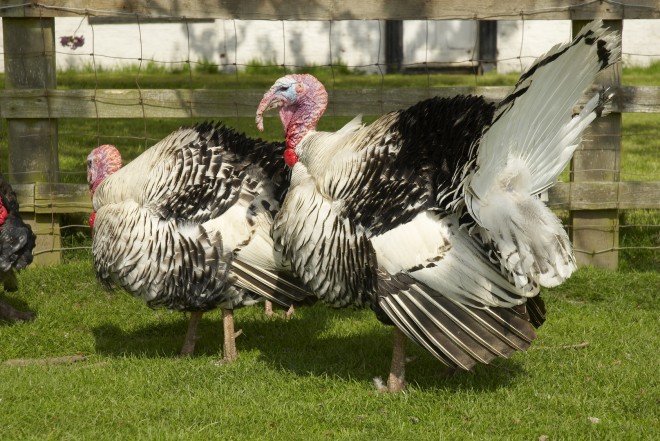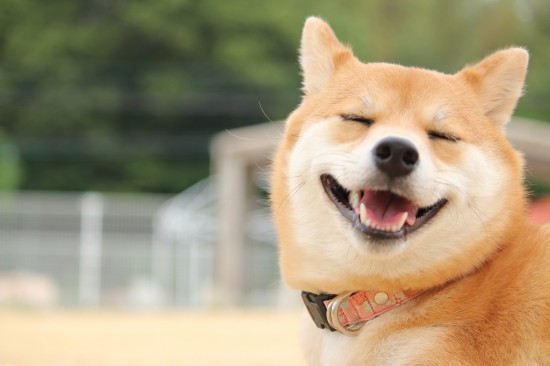
Shih Tzu were seen to have a number of characteristics that were
believed to be comparable to characteristics of Buddha. The
white mark on the forehead of the Shih Tzu was perceived as the
energy center, often called the third eye or sixth chakra, and
is symbolic of the trinity, oneness of mind, universalism,
salvation for all, and the three mystical areas (body, mouth,
and mind). Positive qualities were believed to exude from the
Shih Tzu which were intuition, perception, optimism, and vision.
The top knot of the Shih Tzu is the crowning glory of the Shih
Tzu. The top knot symbolically represented creativity,
mysticism, charm, magical powers, wisdom, and love. All these
qualities are present in the Stain Glass Shih Tzu I am
acquainted with today. Shih Tzu are charming, full of love and
have been quite mysterious to live with. I have found a greater
sense of security since owning the Shih Tzu.
The luxurious featherings on the Shih Tzu head and face were
perceived as symbolic of the rays of the sun and of the sacred
adumbara flower which blooms once in three thousand years.
The white neck and front of the Shih Tzu were believed to be
symbolic of Buddha’s swelling cape of dignity. The cape
permitted its wearer, as administrator of the sun, moon, and
stars, the privilege of attending to purity, justice, and
virtue. Upon the Shih tzu’s cape are the Rosary of the Goddess
of Mercy and the three rings of the Buddha.
The draping coat or skirt of the Shih Tzu was seen as symbolic
of light, strength, and courage. The Buddha’s flock must never
reject their children, their parents, those who love them, or
those whom they have loved, lest they never reach Nirvana or
Heaven. Buddha-like, the Shih Tzu was considered symbolically
the guardian of wisdom to that all may reverse their
imperfections.
A marking may be present n the middle of the back of the Shih
Tzu or there may be one that extends from the upper back to the
end of the back or nearly as far as the tip of the tail of the
Shih Tzu. This blanket or saddle effect on the Shih Tzu was
believed symbolic of the saddle or blanket upon which Buddha is
seated as minister of the sun, moon, and stars. It also was
believed symbolic of the three vehicles of learning leading to
wisdom: discipline, knowledge, and meditation. Pegasus-like, the
Shih Tzu is to carry his rider through the air to realize
material gain of wealth and jewels.
The heavily plumed tail of the Shih Tzu which forms a graceful
arch over the back of the Shih Tzu represents one of the five
Royal Insignia attributable to anointed kings and holy men. This
umbrella-like feature of the Shih Tzu is depicted in symbolic
representations of Buddha, covering his form, protecting him
from worldly imperfections.
The white feet of the Shih Tzu were considered reminiscent of
the Buddha’s shoes, embroidered with jewels, to convey the
wearer one hundred miles without fatigue and give the wearer the
ability to glide across water without wetting the feet.
 A Dog Is For Life, Not Just For Christmas
A Dog Is For Life
A Dog Is For Life, Not Just For Christmas
A Dog Is For Life
 6 Amazing Breeds Of Ornamental Turkeys
6 Amazing Breeds
6 Amazing Breeds Of Ornamental Turkeys
6 Amazing Breeds
 What Sort Of Emotions Do Dogs Experience?
What Sort Of Emot
What Sort Of Emotions Do Dogs Experience?
What Sort Of Emot
 Ten Important Rules To Follow When Travelling With Your Dog
Ten Important Rul
Ten Important Rules To Follow When Travelling With Your Dog
Ten Important Rul
 5 Basic Commands to Teach your Dog
5 Basic Commands to Teach your Dog
In this art
5 Basic Commands to Teach your Dog
5 Basic Commands to Teach your Dog
In this art
Copyright © 2005-2016 Pet Information All Rights Reserved
Contact us: www162date@outlook.com